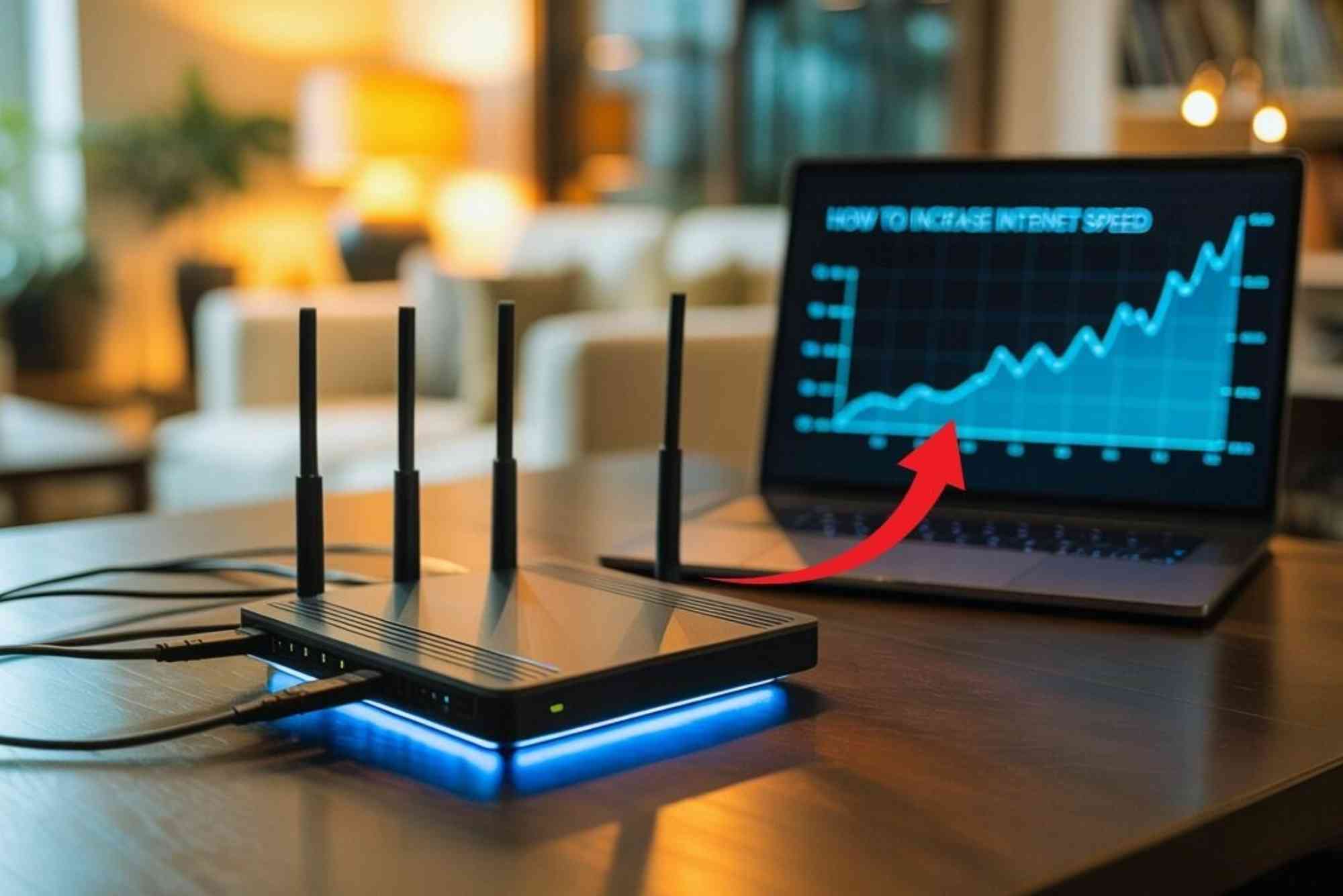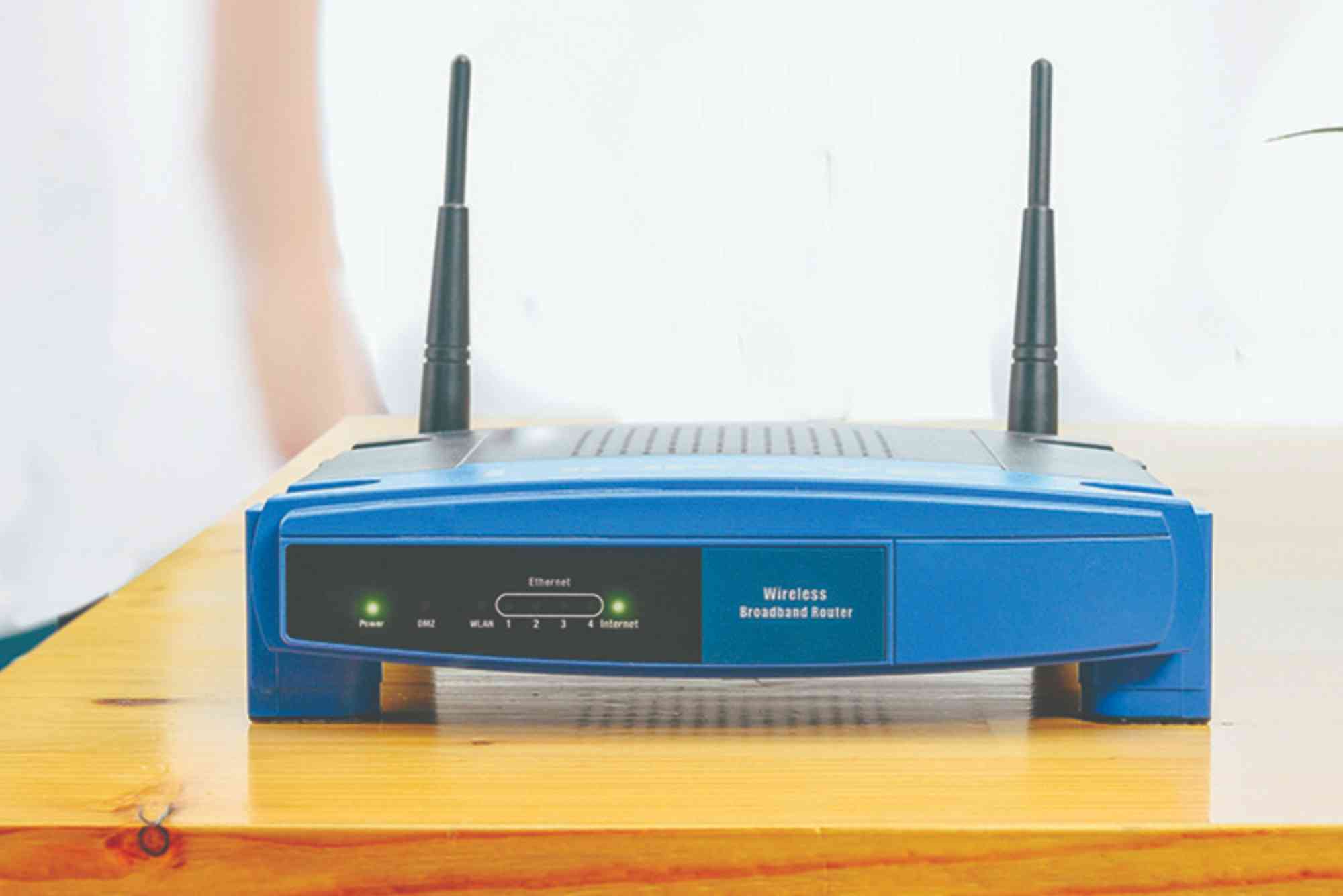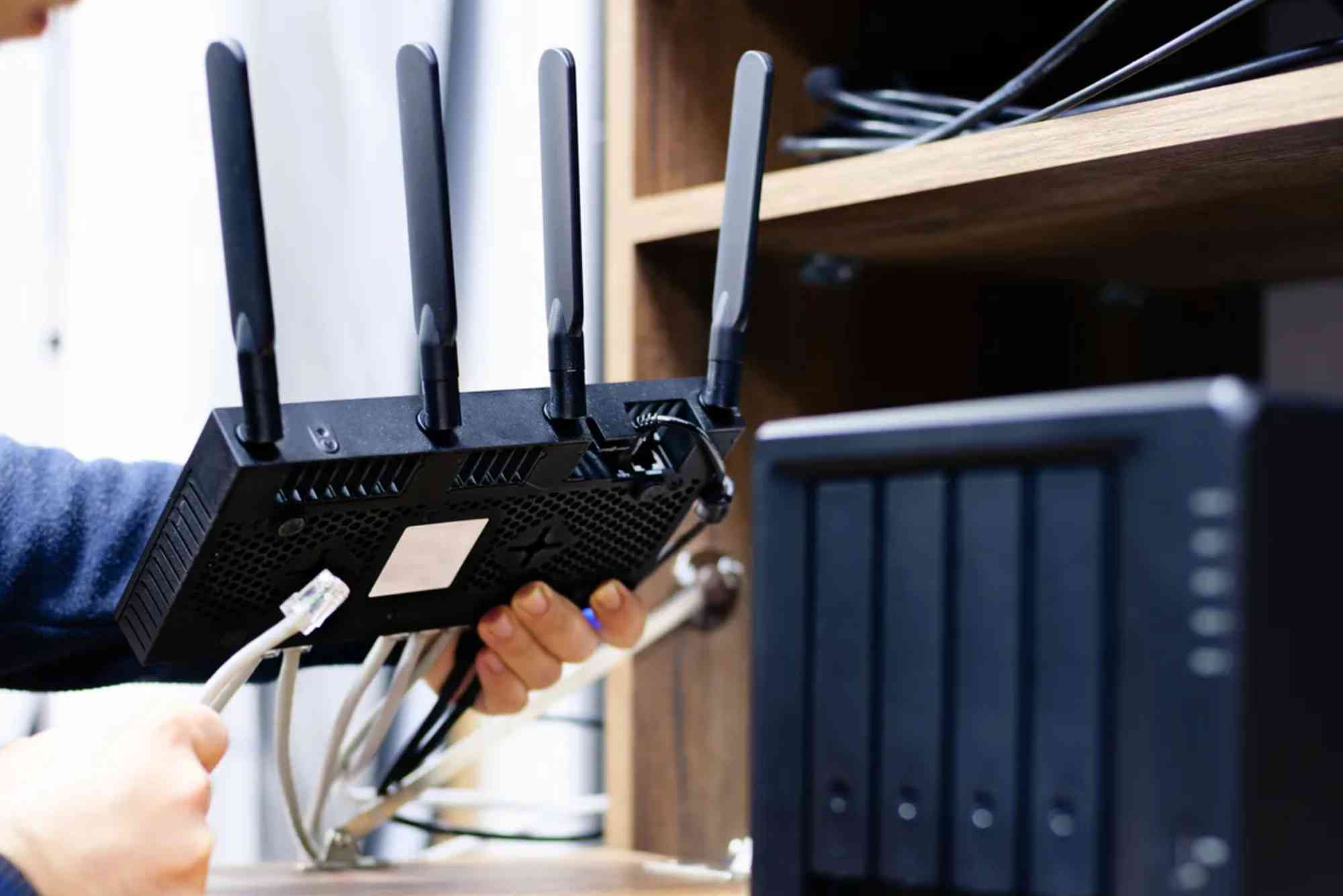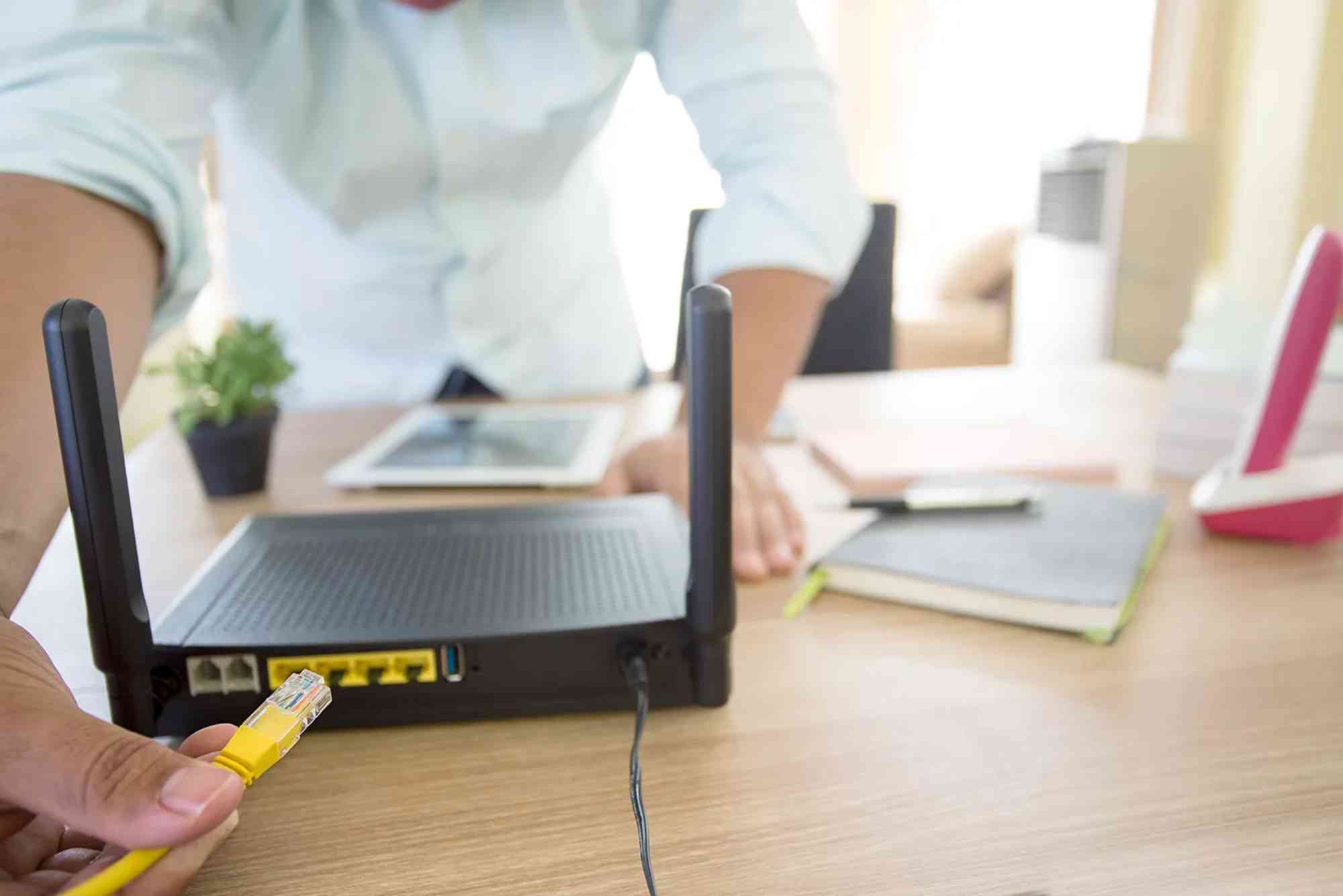Troubleshooting Slow Speeds on Mesh Wi-Fi Networks
A mesh Wi-Fi system promises seamless coverage across every corner of your home or office, eliminating dead zones and weak connections. However, even the most advanced mesh networks can sometimes experience slow speeds that frustrate users. Understanding mesh Wi-Fi troubleshooting slow speeds is essential for maintaining a reliable and fast internet connection. With the right strategies, you can restore your network to peak performance and enjoy uninterrupted streaming, gaming, and productivity.
Why Mesh Wi-Fi Networks Slow Down
Mesh Wi-Fi networks rely on multiple nodes working together to extend coverage. While this is more efficient than a single router, several factors can interfere with speed. Common causes include interference from other devices, poor node placement, outdated firmware, overloaded networks, or ISP-related issues. Identifying the root cause is the first step toward effective mesh Wi-Fi troubleshooting slow speeds.
Checking Internet Service Provider Performance
Before diving deep into technical fixes, it is wise to check whether your internet service provider is delivering the promised bandwidth. Sometimes the slowdown is not caused by your mesh system but by the ISP itself. Run a speed test with a device connected directly to the modem. If the speeds are significantly lower than your subscribed plan, the problem lies outside your network. In such cases, contacting your ISP is the most effective step. Providers like Dhanote Internet Services emphasize consistent delivery, making them a strong choice for users who value reliability.
Optimizing Node Placement
The position of mesh nodes plays a crucial role in network speed. Placing nodes too far apart weakens the signal while putting them too close can cause unnecessary interference. Ideally, nodes should be positioned within a clear line of sight with minimal obstructions. Walls, large appliances, and metal surfaces can disrupt signals. For multi-story homes, placing nodes on stair landings or central areas can ensure even distribution. Correct placement reduces latency and helps resolve mesh Wi-Fi troubleshooting slow speeds effectively.
Minimizing Device Interference
Many everyday devices, such as microwaves, cordless phones, and Bluetooth speakers, emit signals that interfere with Wi-Fi frequencies. If your mesh system operates primarily on the 2.4 GHz band, interference is more likely. Switching devices to the 5 GHz or 6 GHz band, if supported, can reduce congestion and improve performance. Additionally, updating devices that are not compatible with modern standards helps maintain smooth connectivity.
Updating Firmware and Software
Mesh systems depend on regular software updates for stability and performance. Manufacturers often release firmware updates that improve speed, security, and reliability. Failing to update can leave your system vulnerable to bugs and inefficiencies. Access your mesh app or web portal to check for available updates. Keeping both the mesh system and connected devices up to date is an essential part of mesh Wi-Fi troubleshooting slow speeds.
Managing Network Traffic
Slow speeds often occur because too many devices are competing for bandwidth. Smart homes with security cameras, streaming devices, and multiple laptops can easily overload a network. Many mesh systems include Quality of Service (QoS) settings that prioritize important traffic such as video calls or gaming. Configuring these settings ensures that essential tasks receive sufficient bandwidth, reducing lag and buffering.
Switching Channels and Frequency Bands
Wi-Fi channels can become crowded, especially in apartment complexes or office buildings where many networks overlap. Switching your mesh system to a less congested channel can make a noticeable difference. Similarly, assigning specific devices to either the 2.4 GHz or 5 GHz band prevents overcrowding. While 2.4 GHz offers longer range, 5 GHz provides higher speeds at shorter distances. Balancing device distribution across bands is a practical step in mesh Wi-Fi troubleshooting slow speeds.
Restarting and Resetting the Network
A simple restart often solves temporary glitches. Power cycling your mesh nodes clears cached errors and refreshes connections. If slow speeds persist despite multiple adjustments, performing a factory reset may help. This erases all settings and restores the system to its original state. After resetting, carefully reconfigure your nodes, ensuring optimal placement and updated firmware.
Using Wired Backhaul for Stability
While mesh networks are designed for wireless communication between nodes, connecting nodes with Ethernet cables ensures maximum stability and speed. This setup, known as wired backhaul, reduces reliance on wireless signals and minimizes interference. If your home has Ethernet wiring or you can run cables discreetly, using wired backhaul is one of the most effective methods of mesh Wi-Fi troubleshooting slow speeds.
Considering Hardware Limitations
Sometimes slow speeds are not due to interference or poor configuration but hardware limitations. Older mesh systems may not support the latest Wi-Fi standards such as Wi-Fi 6 or Wi-Fi 6E. Upgrading to newer hardware can drastically improve performance, especially if your household uses multiple high-bandwidth devices. Investing in future-proof systems ensures you will not encounter recurring slow speed issues.
Monitoring Connected Devices
Every device connected to your network consumes resources. Smart bulbs, speakers, TVs, and mobile devices can silently use bandwidth in the background. Most mesh apps allow you to monitor connected devices and even pause their access when not in use. Regularly reviewing which devices are active helps maintain a balanced load, contributing to more effective mesh Wi-Fi troubleshooting slow speeds.
Security Considerations
An unsecured network can invite unauthorized users, consuming bandwidth without your knowledge. Ensure that your mesh system is protected with strong WPA3 encryption where possible. Regularly update passwords and monitor unknown devices connected to the network. Enhancing security not only protects data but also prevents freeloaders from slowing down your internet.
Mesh Wi-Fi vs ISP Issues
At times, users blame mesh systems when the issue originates from the ISP. Understanding the difference between local network problems and external service interruptions is crucial. If wired connections directly to the modem are slow, the mesh system is not at fault. Contacting your ISP for troubleshooting or upgrading your plan may be necessary. Partnering with reliable providers like Dhanote Internet Services helps ensure consistent speeds that complement mesh Wi-Fi performance.
Advanced Troubleshooting with Diagnostic Tools
Mesh Wi-Fi systems often include diagnostic tools within their apps. These tools analyze network health, signal strength, and device distribution. Running diagnostics can identify weak nodes, overloaded devices, or firmware mismatches. Additionally, third-party apps allow advanced monitoring, enabling users to pinpoint specific causes of slow speeds. Leveraging these tools enhances your ability to manage and optimize your network.
When to Seek Professional Help
If you have tried all common solutions and speeds remain slow, professional assistance may be necessary. Network specialists can conduct site surveys to identify interference sources and recommend tailored solutions. This step is especially helpful for businesses or large homes with complex layouts. Investing in professional support ensures long-term stability and eliminates recurring issues.
Troubleshooting slow speeds on mesh Wi-Fi networks requires a systematic approach, from checking ISP performance to optimizing node placement, updating firmware, and managing device load. Many issues can be resolved with simple adjustments, while others may require advanced solutions such as wired backhaul or hardware upgrades. Choosing a reliable internet provider like Dhanote Internet Services further enhances the overall experience. By applying these strategies, you can ensure smooth connectivity, faster speeds, and a network that keeps pace with modern digital demands. Take control of your mesh Wi-Fi today and enjoy the full potential of your internet connection.
FAQs
Why is my mesh Wi-Fi so slow even with fast internet?
Slow mesh performance can result from poor node placement, interference, outdated firmware, or overloaded devices. Checking each factor helps isolate the cause.
How can I speed up my mesh Wi-Fi?
Improving node placement, using wired backhaul, updating firmware, and optimizing device distribution across frequency bands are effective strategies.
Does adding more mesh nodes increase speed?
Adding nodes improves coverage but does not guarantee faster speeds. Proper placement and configuration are crucial for achieving speed improvements.
Should I use 2.4 GHz or 5 GHz for my mesh Wi-Fi?
Use 2.4 GHz for longer range and 5 GHz for higher speeds. Distributing devices between both bands helps balance performance.
Can mesh Wi-Fi replace my internet provider?
No, mesh Wi-Fi only improves coverage and distribution of existing internet. For stable speeds, you need a reliable ISP.








